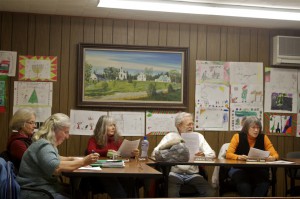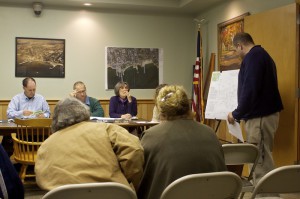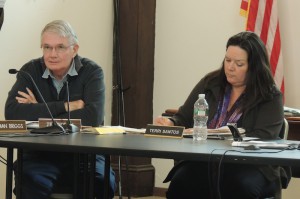To the Editor:
Recently, I read an article that has left me in a quandary. The news mentioned that the 18-month Rochester Memorial School project’s final cost came in nearly one million dollars under budget. While this is terrific news in itself, I remain curious how a public school is considered complete without the inclusion of a quality playground designed to meet the physical activity needs of all students.
Surely, a thoughtfully designed playground would help to meet the educational objectives of a public school. However, it seems such a quality learning space was excluded from the Rochester Memorial School project’s budget.
As a public school educator, I am constantly hearing about the use of data as the driving force behind today’s instructional decision-making. Maybe it’s time we consider the following facts with regard to our collective investment in public schools:
• Childhood obesity has more than tripled in the past 30 years.
• The percentage of children aged 6 – 11 years in the United States who were obese increased from seven percent in 1980 to nearly 20 percent in 2008.
• The percentage of adolescents aged 12 – 19 years who were obese increased from five percent to 18 percent over the same period.
• Today, more than one third of U.S. children and adolescents are overweight or obese. These youngsters are more likely to suffer immediate and long-term health issues, including: poor self-esteem, bone and joint problems, sleep apnea, heart disease, type 2 diabetes, stroke and several types of cancer.
The Centers for Disease Control and Prevention consider this information reason for public health concern. Therefore, it’s time our public school leaders seriously consider this data as part of their instructional decision-making. Physical activity, in combination with other healthy habits, can lower the risk of becoming obese and developing related diseases. Physical activity behaviors of children are influenced by societal components that include our schools. Our Commonwealth’s public schools play a critical role in establishing a safe and supportive environment for our children with policies and practices that support healthy behaviors. Schools should include myriad opportunities for students to learn about and practice physical activity behaviors, as the pursuit of MCAS scores must not precede the importance of student health. Ultimately, our most valuable educational resources support long-term community achievement of health in both mind and body.
Physical activity is an essential ingredient in the education of our children. Its importance can no longer be overlooked. I am hopeful that the addition of a quality playground, one that meets the physical activity needs of all students, will become an important priority to each of our town’s residents and leaders. I can’t think of a better way to complete such a wonderful investment in our community.
Sincerely,
Kevin Woodward
Rochester Memorial School Physical Educator

































